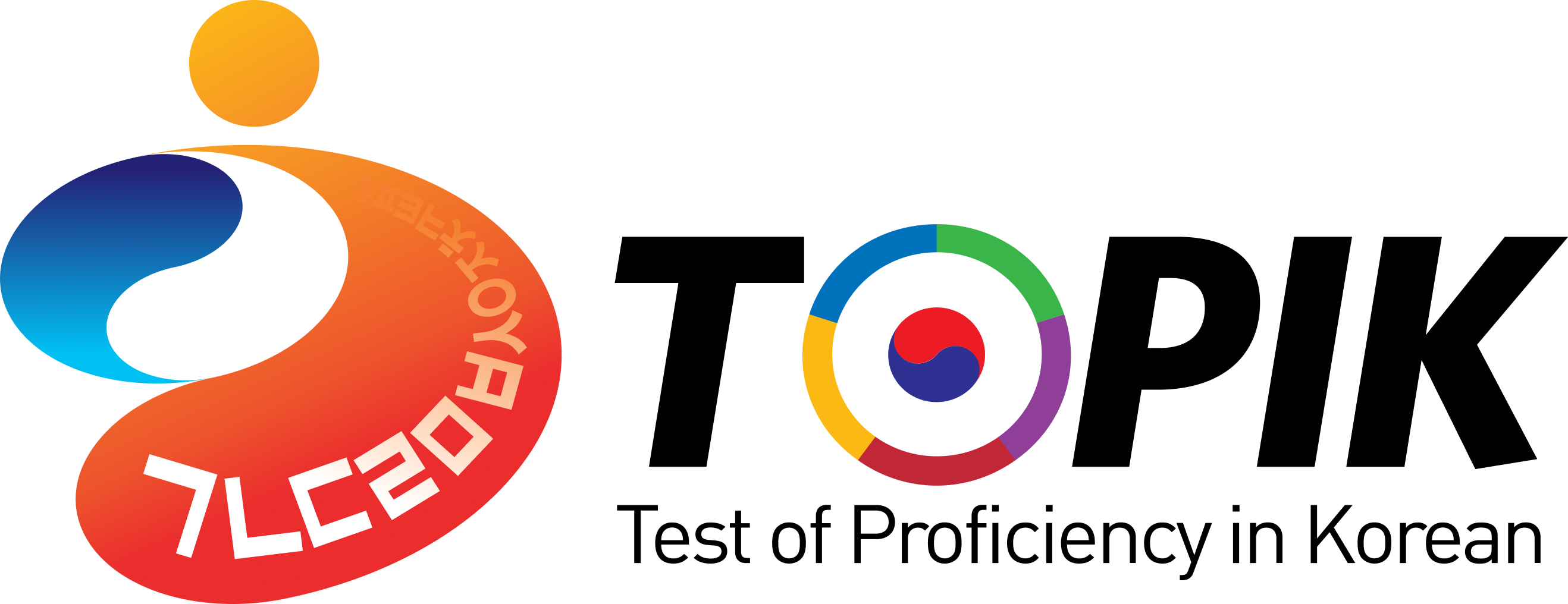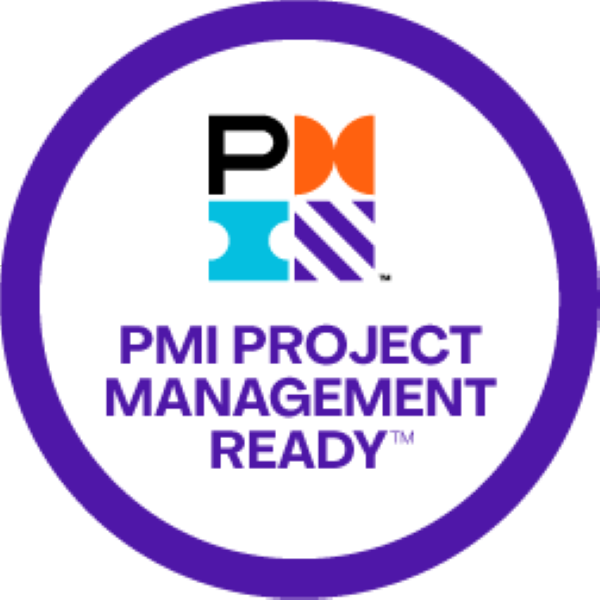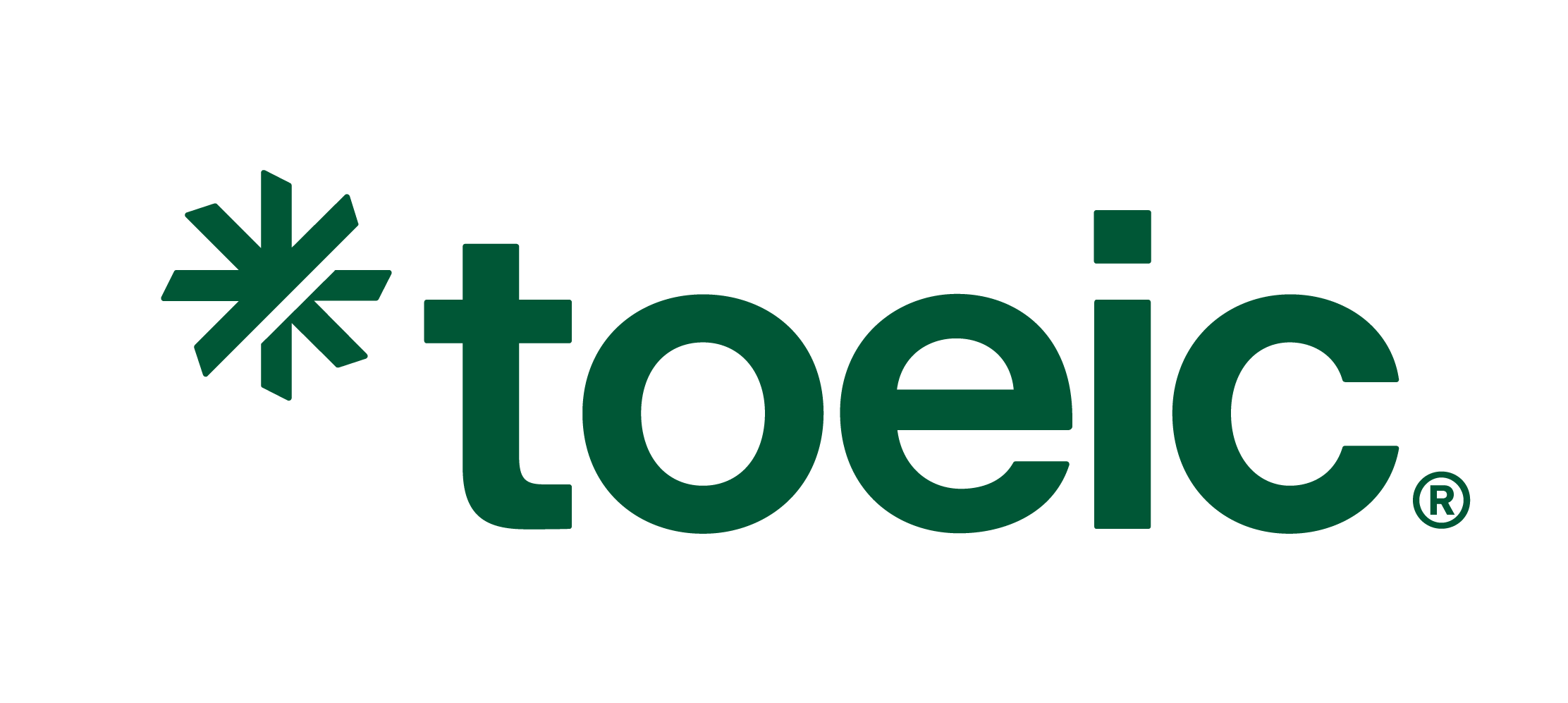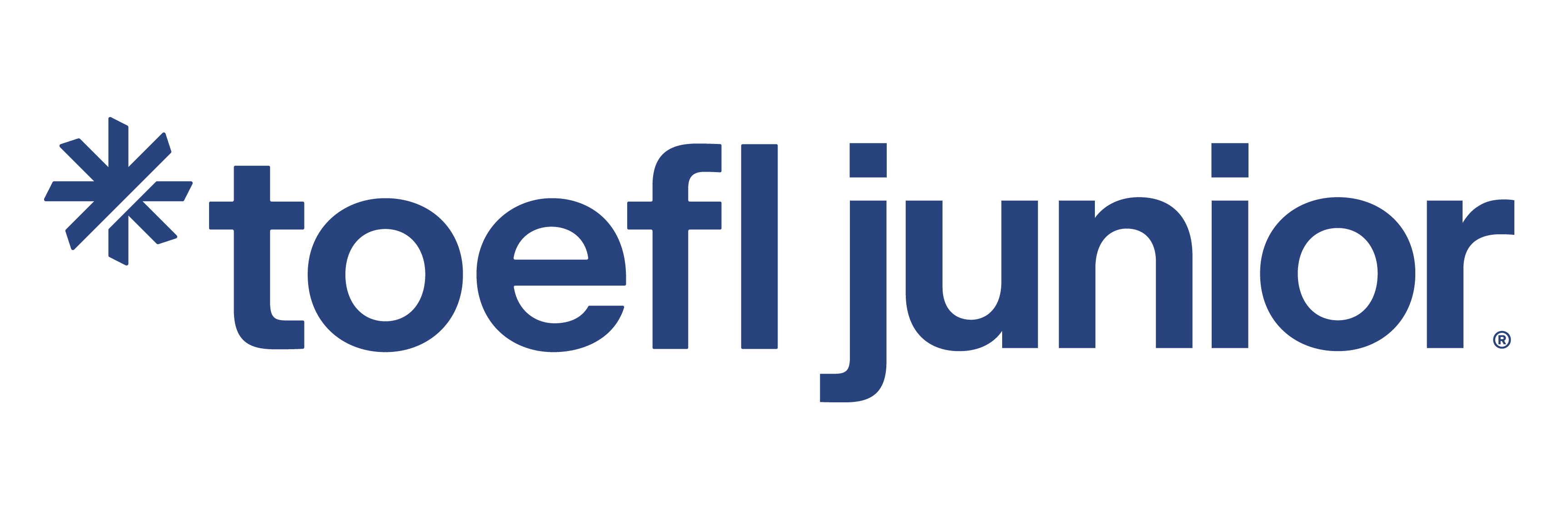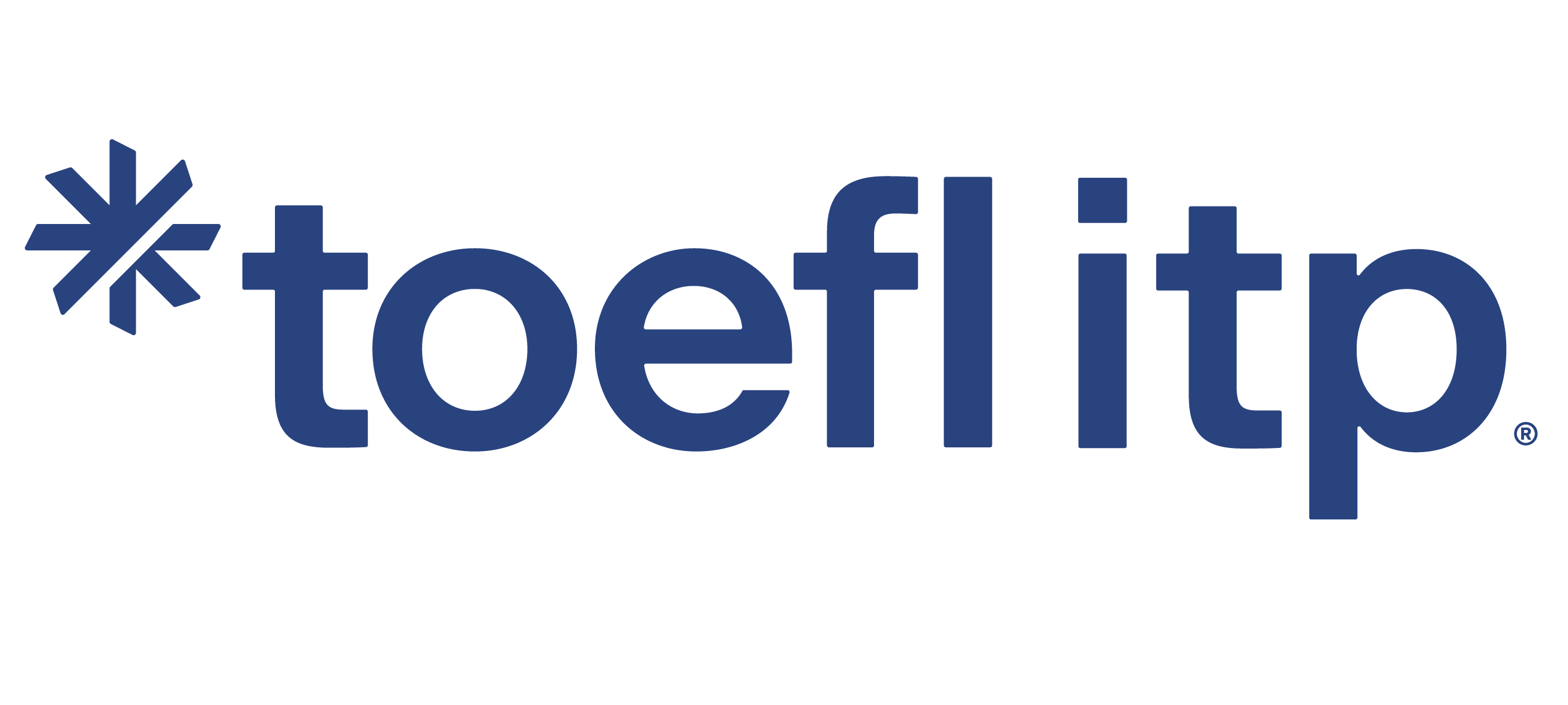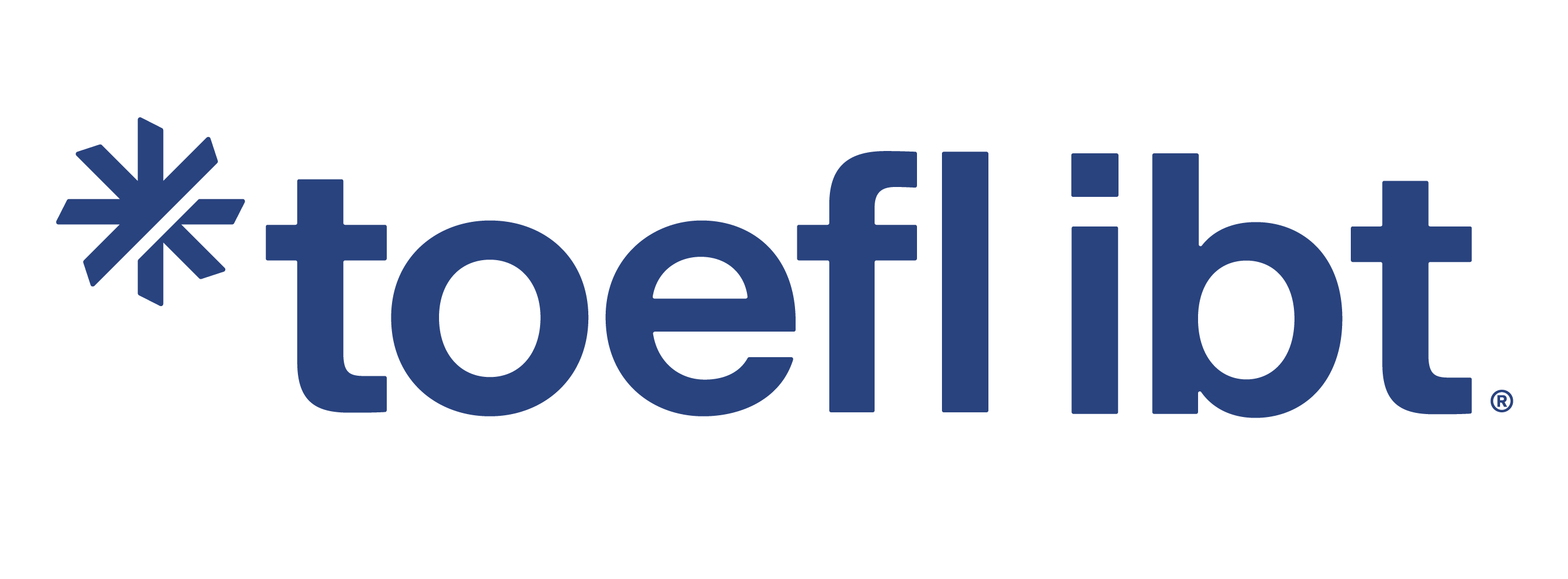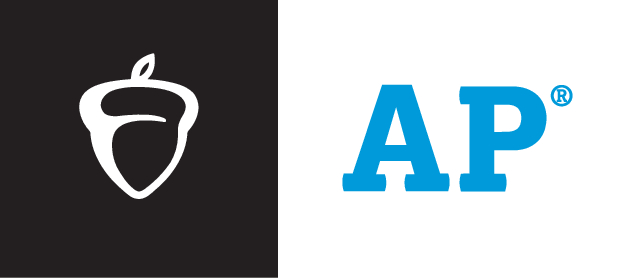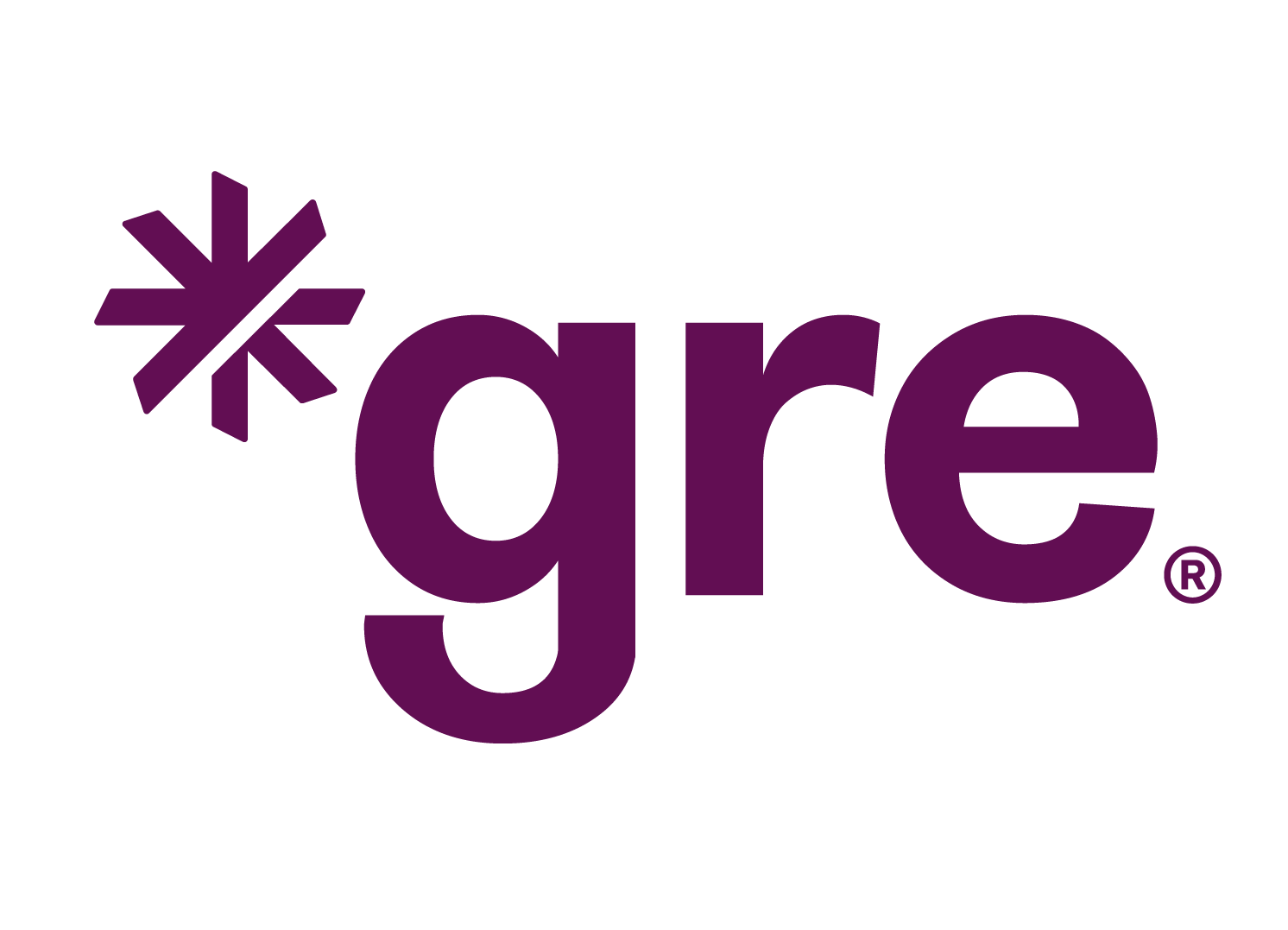TOPIK Test
1. INTRODUCTION
TOPIK, or Test of Proficiency in Korean (Hangul: 한국어능력시험, Hanja: 韓國語能力試驗) is a test to measure the Korean language proficiency of non-native speakers. TOPIK is administered by the National Institute for International Education (국립국제교육원, NIIED).
TOPIK is the only certification recognized worldwide for Korean language proficiency. The test is not limited to Korea, as it is available in 90 countries worldwide.
In Vietnam, IIG Vietnam has been authorized by NIIED to administer the test since April 2023 (the 87th test).
2. ADVANTAGES OF THE TOPIK TEST
- The TOPIK certificate is a mandatory or recommended requirement when applying for a residency visa in Korea. According to the regulations set forth by the Korean Consulate, applicants residing in the northern provinces to Da Nang must possess TOPIK I certification when applying for a marriage visa.
- The TOPIK certificate is also used as the basis for evaluating Korean language proficiency when one pursues academic or professional opportunities in Korea. Possessing a TOPIK certificate can significantly simplify the process of obtaining a Korean student visa.
- Major Korean companies operating in Vietnam also consider TOPIK certification as a prerequisite when recruiting, evaluating, and appointing personnel.
- In recent years, universities in Vietnam have utilized the results of the TOPIK test to prioritize admissions and employ it as a exit requirement for students majoring in Korean language studies.
3. TARGETED TEST TAKERS
- Students interested in studying abroad in Korea for undergraduate, graduate, doctoral, research, etc. programs.
- Oriental studies or Korean language majored students that must obtain a TOPIK certification before graduation.
- High school students seeking to take the TOPIK test to gain an advantage in admission to Korean language programs at universities in Vietnam.
- Graduates of other majors who wish to apply for jobs in Korean companies or work with Korean clients.
- Vietnamese workers who are unable to take the EPS exam, reside illegally, return home voluntarily, and wish to return to Korea.
- Employees of major Korean corporations, such as Samsung, Posco, Hyundai, LG, etc., with incentives that support employees possessing foreign language certifications, especially in Korean,
- Vietnamese brides wishing to apply for a marriage visa to Korea.
- Individuals with a passion and interest in Korean culture and language.
4. TOPIK LEVELS, PASSING SCORE AND LANGUAGE SKILLS REQUIRED
TOPIK test has two levels – TOPIK-I and TOPIK-II. TOPIK-I, i.e. the beginner level, has two sublevels – 1 & 2 while TOPIK-II, i.e. Intermediate-Advanced level, has 4 sublevels – 3, 4, 5 & 6. Test takers get a level between 1 and 6 based on their total score in the test.
|
Examination Level |
Level |
CEFR |
Passing score |
Language skills required |
|
TOPIK I (maximum 200 points) |
1 |
A1 |
Over 80 points |
Able to carry out basic conversations related to daily survival skills such as self-introduction, purchasing, ordering food, etc. Able to create simple sentences based on about 800 basic vocabulary items and possess understanding of basic grammar. |
|
2 |
A2 |
Over 140 points |
Able to carry out simple conversations related to daily routines such as making phone calls and asking for favors, as well as using public facilities in daily life. (Able to use about 1,500 to 2,000 vocabulary and understand personal and familiar subjects in certain order, such as paragraphing.) Able to use formal expressions and informal expressions accordingly depending on the situation. |
|
|
TOPIK II (maximum 300 points) |
3 |
B1 |
Over 120 points |
Able to perform basic linguistic functions necessary to use various public facilities and maintain social relationship, not experiencing significant difficulty in routine life. Able to express or understand social subjects familiar to himself/herself, as well as specific subjects, based on the paragraph’s subject matter. Able to understand and use written language and spoken language based on their distinctive basic characteristics. |
|
4 |
B2 |
Over 150 points |
Able to perform linguistic functions necessary to use various public facilities and maintain social relationship, and carry out these functions to some degree which is necessary for the performance of ordinary tasks. Able to use various public facilities, socialize, and carry out some degree of ordinary work. Able to understand easy parts in news broadcasts, newspapers, and understand and use expressions related to social and abstract subjects relatively correctly and fluently. Able to understand social and cultural subjects, based on understanding of Korean culture and frequently used idiomatic expressions. |
|
|
5 |
C1 |
Over 190 points |
Able to perform linguistic functions to some degree that are necessary for research and tasks in professional fields. Able to understand and use expressions related to even unfamiliar aspects of politics, economics, society, and culture. Able to use expressions properly, depending on formal, informal, spoken/written context. |
|
|
6 |
C2 |
Over 230 points |
Able to perform linguistic functions necessary for research and tasks in professional fields relatively correctly and fluently. Able to understand and use the expressions related to even unfamiliar subjects of politics, economics, society, and culture. Experiences no difficulty in performing functions or conveying meaning, although the proficiency level is not quite at the same level as a university-educated native speaker. |
5. TEST STRUCTURE
|
TOPIK I |
TOPIK II |
|
|
Listening |
– 30 questions / 40 minutes – Question types: o Listen to the dialogue and choose the appropriate topic o Listen to the dialogue and choose what the speaker is going to say next o Listen to the dialogue and choose the appropriate picture |
– 50 questions / 60 minutes – Question types: o Listen to the dialogue and choose the appropriate picture o Listen to the dialogue and choose the appropriate chart o Listen to the dialogue and choose what the speaker is going to say next o Listen to the dialogue and choose the appropriate topic o Listen to the dialogue and answer the questions o Listen to the talk and answer the questions |
|
Writing |
N/A |
– 4 questions / 50 minutes – Question types: o Read a passage and fill in the blanks o Describe a chart o Write an essay on given topics |
|
Reading |
– 40 questions – 60 minutes – Question types: o Read the sentences and choose the topic o Read the sentences and fill in the blank o Look at the pictures and choose the appropriate description o Read the passage and answer the questions |
– 50 câu – 70 minutes – Question types: o Vocabulary o Look at the pictures/charts and choose the appropriate description o Rearrange the sentences in the correct order o Read the passages and choose the correct answer o Read the newspaper title and choose an explanation o Read the literary work and answer the questions |
6. TEST REGISTRATION:
- In Vietnam, candidates can register for the TOPIK test through the official registration portal of IIG Vietnam, which can be accessed via https://online.iigvietnam.com/. The candidates can follow the instructions provided on the website to complete the registration process and make online payment.
7. VALIDITY OF CERTIFICATE:
- The TOPIK certificate is valid for two years from the date the results are announced.
8. TEST RESULTS:
- The candidates can view and print their score reports from the official TOPIK website, http://topik.go.kr.
Documents
Updating data...








